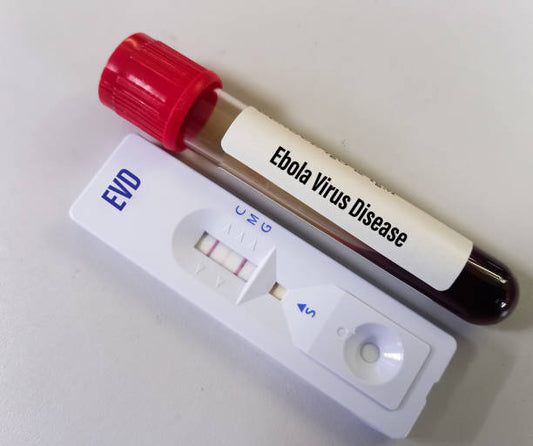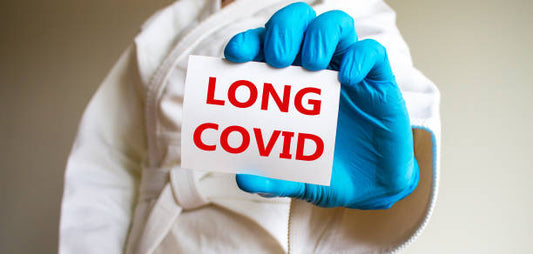Stiff Person Syndrome (SPS) is a rare neurological disorder that affects the muscles, causing severe stiffness and spasms. Although it’s not widely known, SPS can have a significant impact on a person’s quality of life. In this blog, we'll explore the symptoms, causes, and treatment options for Stiff Person Syndrome.

What is Stiff Person Syndrome?
Stiff Person Syndrome is a chronic condition characterized by fluctuating muscle stiffness and painful muscle spasms. The stiffness primarily affects the muscles of the torso and limbs, but it can also impact the neck and face. Over time, this stiffness can lead to difficulty moving and can severely limit a person’s mobility.
SPS is often associated with autoimmune conditions, where the immune system mistakenly attacks the body's own tissues, including parts of the central nervous system.
Symptoms of Stiff Person Syndrome
The symptoms of SPS can vary in severity and may come and go, but they typically include:
- Severe muscle stiffness: Particularly in the torso and limbs, leading to a rigid posture.
- Painful muscle spasms: These can be triggered by stress, sudden movement, or even noise.
- Difficulty walking: As the muscles become stiffer, walking and other movements can become challenging.
- Increased sensitivity: People with SPS may be highly sensitive to stimuli like touch, sound, or emotional stress, which can trigger spasms.
In some cases, SPS can also lead to anxiety and depression due to the chronic pain and mobility issues associated with the condition.
Causes of Stiff Person Syndrome
The exact cause of SPS is not fully understood, but it is believed to be an autoimmune disorder. In people with SPS, the immune system attacks cells in the central nervous system that produce a protein called glutamic acid decarboxylase (GAD). This protein is crucial for controlling muscle movement, and when it’s attacked, it can lead to the symptoms of SPS.
SPS is also associated with other autoimmune diseases, such as type 1 diabetes, thyroiditis, and vitiligo, suggesting that a common underlying immune system dysfunction may contribute to its development.
Diagnosing Stiff Person Syndrome
Diagnosing SPS can be challenging due to its rarity and the overlap of symptoms with other conditions. However, a diagnosis is typically made based on:
- Clinical symptoms: Observing the characteristic muscle stiffness and spasms.
- Blood tests: Checking for the presence of antibodies against GAD, which are found in many people with SPS.
- Electromyography (EMG): A test that measures the electrical activity of muscles, which can show abnormal muscle firing in SPS patients.
Treatment Options for Stiff Person Syndrome
While there is no cure for SPS, treatment focuses on managing symptoms and improving quality of life. Treatment options include:
- Medications: Muscle relaxants, anticonvulsants, and pain relievers can help reduce muscle stiffness and spasms. Immunotherapy, such as intravenous immunoglobulin (IVIG) or plasmapheresis, may also be used to reduce immune system activity.
- Physical therapy: Regular stretching and strengthening exercises can help maintain mobility and reduce stiffness.
- Lifestyle changes: Stress management techniques, such as meditation or yoga, can help minimize the triggers for muscle spasms.
For those with severe symptoms, mobility aids like walkers or wheelchairs may be necessary to maintain independence.
Living with Stiff Person Syndrome
Living with SPS can be challenging, but with proper management, many people with the condition can maintain a good quality of life. Support from healthcare providers, physical therapists, and loved ones is crucial. Additionally, connecting with support groups for people with rare diseases can provide emotional support and practical advice.
Conclusion
Stiff Person Syndrome is a rare and complex condition, but understanding its symptoms, causes, and treatment options can help those affected manage their symptoms more effectively. If you or someone you know is experiencing symptoms of SPS, it's important to seek medical advice and explore treatment options to improve quality of life.












